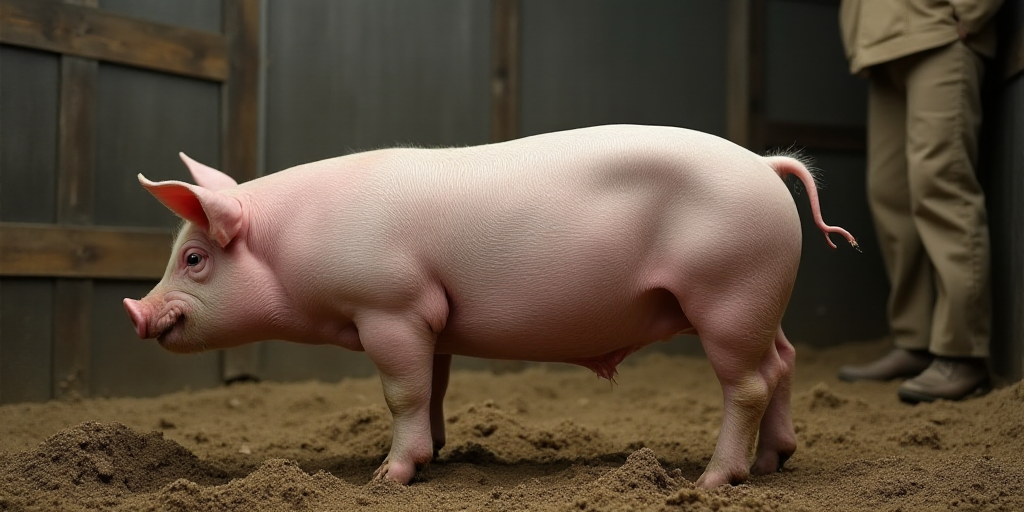Background on the Pig Industry in China
China, the world’s largest consumer of pork, is currently facing a weak demand and excess supply situation that has squeezed profit margins in the pig industry. The average live weight of pigs in China has been increasing, leading to higher feed consumption and contributing to the country’s efforts to reduce grain usage in animal feed, especially amidst a trade war with the United States.
The “Re-fattening” Practice
Smaller pig farmers and businesses in China have adopted a practice called “re-fattening.” This involves purchasing adult pigs from large breeders and feeding them for an additional few months to gain 40-50 kilograms, betting on rising pork prices. However, this speculative practice has raised concerns among regulators.
Government Intervention and Industry Response
Analysts, like Pan Chenjun from Rabobank, warn that re-fattening could lead to significant price fluctuations and wasteful feed consumption, contradicting China’s national push to decrease grain usage in animal feed. Muyuan Foods, China’s largest pig breeder, has reportedly stopped selling to re-fatteners following rumors of a government meeting on the topic, causing pig industry stocks to surge.
Enforcement and Concerns
Authorities are taking firm action against this speculative practice, with the southern Chinese province of Guangdong being particularly strict in enforcing regulations. The National Development and Reform Commission and Muyuan Foods have not responded to Reuters’ requests for comment.
Impact on Pork Supply and Feed Efficiency
The ongoing price volatility in the pork market has been exacerbated by re-fattening. When pigs reach the market, this practice increases pork supply, worsening price drops when demand is already low. A 150 kg pig yields approximately 142% more pork compared to an 115 kg pig, according to Bric Agriculture Group analyst Lin Guofa.
Feed efficiency is another concern, as China aims to minimize grain usage in animal feed. With the trade war accelerating its shift away from US soybeans—mainly used for animal feed—pigs become less efficient as they grow beyond 120 kg, consuming more without growing proportionally.
Key Questions and Answers
- What is the main issue in China’s pig industry? The primary concern is the weak demand and excess supply, which have squeezed profit margins. Additionally, there’s a growing trend of “re-fattening” pigs to capitalize on rising pork prices, causing price volatility and wasteful feed consumption.
- Why is the government intervening? Regulators are taking action to stabilize pork prices, protect small farmers from losses, and curb speculative behaviors that destabilize the market.
- How does re-fattening affect pork supply and feed efficiency? Re-fattening increases pork supply when pigs enter the market, worsening price drops during low-demand periods. Pigs become less feed-efficient as they grow beyond 120 kg, consuming more without growing proportionally.
- What are the broader implications of these changes? These developments reflect China’s national effort to reduce grain usage in animal feed, especially amidst a trade war that pushes the country away from US soybeans.






